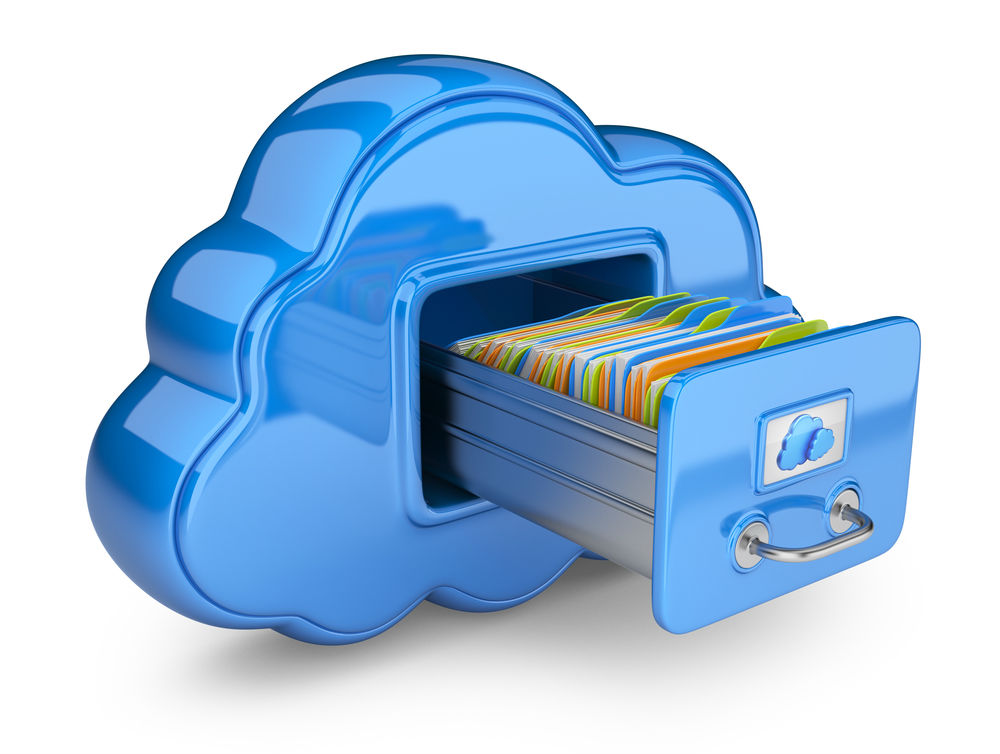Consumer online storage has an Achilles Heel (and an opportunity)

The last several years have revealed enormous opportunity in consumer online storage -- numerous companies, led by Dropbox, have shown tremendous growth and opportunity in the consumer market. Unfortunately, the most recent few years have seen many, if not all, of those companies pivot their focus from consumer to enterprise.
The main players that remain focused on consumer online storage are the big boys: Google, Microsoft, Amazon and Apple. These companies do this via incredible low pricing with little apparent concern for profit (which is easy when you make lots of money via other products and services). Considering massive pent-up demand in the consumer world, why has this happened?
There isn’t a storage problem
Let’s get something straight first -- there isn’t a storage problem. No one is thinking, "Damn, I’m out of storage… I guess I have to stop computing or buy online storage". For the most part, no one runs out of storage. If/when you get close you either buy more storage or get a new computer. Local storage is still king and, contrary to what tech insiders like to think, there is little chance all of our data will exist only in the cloud anytime soon (if ever). Storage starts where content is created (computer, mobile, etc.), only then does it make its way to the cloud. Don’t forget, local storage is plentiful and cheap, online storage is expensive and needs to be managed all the time (did you/can you upload/sync?).
The real problem is access.
The 90 percent problem
Are you ready for it? Over 90 percent of consumer content is media (photos, videos and music). Are you thinking, "Tell me something I don’t know. What’s the big deal?" The big deal is that we have so much media we curate it in applications, like music in iTunes or photos in Adobe Lightroom. We don’t browse media like we browse Word documents and PDFs (e.g. using a hierarchical file browser with folders). We browse our media library in dynamic ways – you listen to an artist or a playlist, you view a photo album, etc.
So what’s the problem? Online storage doesn’t know what a media library is. Put your iTunes catalog into your preferred online storage account and all it sees is some application database. It has no idea how to let you browse music by artist or genre or playlist. Can you back up your content? Sure. Can you access it the way you normally do, by browsing it in dynamic ways, as described? No.
To make matters worse, these application libraries can’t be synced – put one into an online storage account and try to connect a few computers to it and they’ll almost immediately write to it at the same time and create conflicts and corrupt the ability for either machine to read the catalog.
Too much work, too expensive, too many limitations
Online backup is critical security service -- protect your data from loss. However, online storage is a convenience service -- put your data there to get easy access all the time, across all devices. When it comes to documents, online storage does this exceedingly well. However, if most of the content we consumers access is media how does one justify the price? While online backup is easy and cheap (set and forget, pay your $60/year), online storage often costs hundreds of dollars per year, requires us to constantly manage uploading/syncing and ultimately doesn’t let us browse media in convenient and familiar ways.
The opportunity
Sounds pretty bad for these poor online storage guys, doesn’t it? I mean things must be bad if you can get hundreds of millions of users and still be looking for a profit model, right? Maybe, but it’s not all doom and gloom. Consumer pain is real when it comes to accessing content. That is what led to the explosive growth in online storage. The profit opportunity lies not in storage though; it lies in creating simple access to what is stored. This is why we see companies like Google and Microsoft giving away storage -- they either want to use that content to sell you ads (i.e. you are the product) or sell you other software with a killer profit margin and throw storage into the mix to create lock-in or perceived value.
Consumer online storage may suffer from a lack of pure profit, but not a lack of demand. Indeed, our content is increasingly fragmented across multiple devices and online storage can help with that. However, storage companies need to address the elephant in the room: no one cares about storage or managing it, they just want to get instant, familiar access to their content regardless of where they are, what they are doing or which device they happen to be using.
Public companies are showing the private market the way: profit might not be made on storage, but rather the value added services or products built upon or around storage.
Image Credit: Bedrin / Shutterstock
Erik Caso is cofounder and CEO of younity (Entangled Media Corp.)